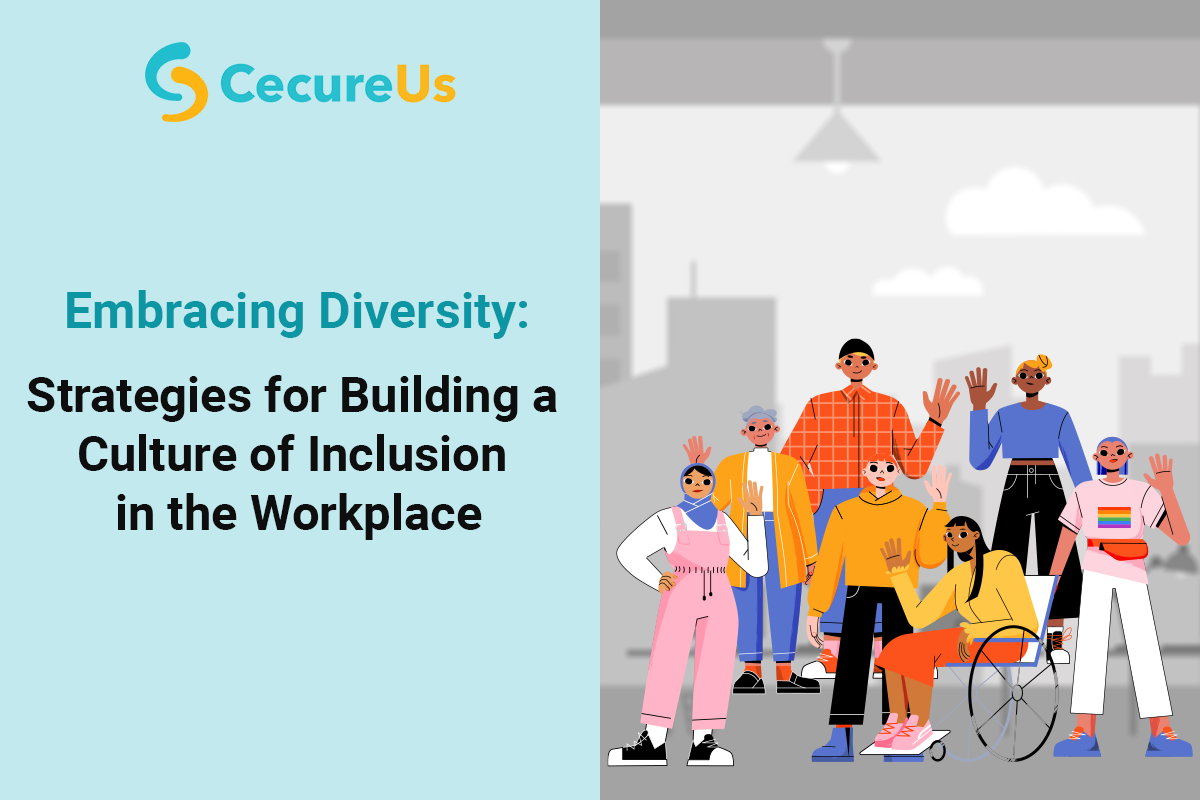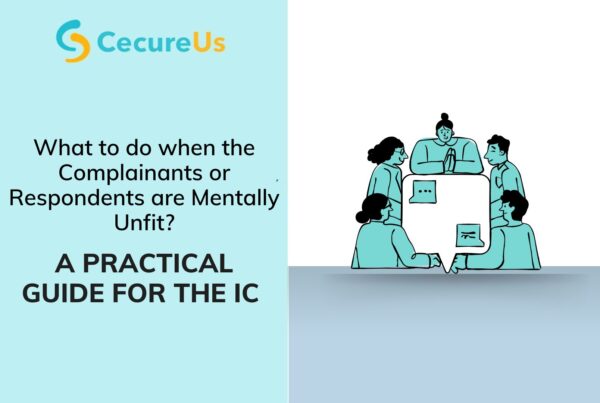
Embracing diversity and fostering an inclusive workplace culture are no longer optional; they are vital components of thriving organizations in the 21st century. Unfortunately, many companies still have work to do in this area. According to a recent survey, only 25% of organizational leaders believe that inclusion is a strong part of their company’s vision and values. This indicates a pressing need for a concerted effort to make diversity and inclusion integral to corporate culture, starting with the leadership.
Recent research, such as DDI’s Diversity, Equity, and Inclusion Report 2023, underscores the significant benefits of diversity in the workplace. Companies with above-average diversity are 2.4 times more likely to outperform their peers financially. Furthermore, organizations that prioritize inclusivity tend to excel in talent attraction and retention, often earning the distinction of being a “Best Place to Work.”
Inclusive leadership is essential for making workplaces more diverse and fair. Leaders have a big say in how a company acts and whether it values diversity. To make things better, it’s important to know how your employees feel at work. Do they feel like they belong, are respected, and can be themselves?
Strategies for Building a Culture of Inclusion
Here are eight effective strategies for cultivating a culture of inclusion in the workplace, aligning with the reference:
Start the Conversation
Open the dialogue about diversity, equity, and inclusion. Reflect on personal experiences and share them with your team. Encourage others to do the same, fostering a culture of openness and vulnerability.
Increase Accountability and Transparency
Transparency is key. Ensure that your leaders are held accountable for advancing diversity, equity, and inclusion. Clearly communicate your commitment to these values.
Develop Inclusive Leadership Skills
Awareness of bias and the business case for diversity is essential but not sufficient. Leaders need training to bridge the gap between theory and practice, learning how to create an inclusive environment effectively.
Pay Attention to How All People Are Treated
Flexible work arrangements, including remote work, highlight new challenges for diversity, equity, and inclusion efforts. Ensure that all employees are treated fairly, both in the office and in virtual settings.
Act as a Vocal Ally
Advocate for fairness and inclusivity. Support historically excluded groups by amplifying their voices, building networks, and ensuring equitable credit and opportunities.
Reflect and Commit to Change
Leaders should introspect, identify areas for improvement, and seek feedback to drive personal and organizational growth.
Build Your Platform on Empathy, Feedback, and Psychological Safety
Promote a psychologically safe environment where every team member feels comfortable speaking up, being heard, and expressing their authentic selves.
Challenges in Embracing Diversity and Inclusion in the Workplace
While embracing diversity and fostering inclusion brings numerous benefits to organizations, it is not without its challenges. Here are some common challenges and strategies to tackle them:
Resistance to Change
One of the most significant challenges is resistance to change. Some employees may resist diversity and inclusion initiatives, fearing that they will lose opportunities or that workplace dynamics will shift uncomfortably.
Tackle this challenge by:
- Communicating the rationale behind diversity and inclusion efforts.
- Providing training and education to help employees understand the benefits.
- Encouraging open dialogue and addressing concerns.
- Leading by example through inclusive behaviors.
Unconscious Bias
Unconscious bias can influence decision-making processes, including hiring, promotions, and performance evaluations, leading to unintentional discrimination.
Tackle this challenge by:
- Implementing unconscious bias training to raise awareness.
- Utilizing blind recruitment processes that remove identifying information from resumes.
- Establishing clear criteria and standardized procedures for evaluations.
- Regularly reviewing and auditing decision-making processes for bias.
Lack of Diverse Talent Pipelines
Some industries face challenges in finding diverse talent pools, which can hinder efforts to diversify the workforce.
Tackle this challenge by:
- Collaborating with organizations and schools that promote diversity in relevant fields.
- Offering internships, scholarships, or mentorship programs to underrepresented groups.
- Expanding recruitment efforts to include a broader range of sources and platforms.
- Creating inclusive job descriptions and requirements that do not unintentionally exclude qualified candidates.
Inclusivity Gaps in Remote Work
The shift to remote and hybrid work models can create inclusivity gaps, making it challenging to ensure that all employees feel included and valued.
Tackle this challenge by:
- Establishing clear remote work policies that promote inclusivity.
- Encouraging regular virtual team meetings and social interactions.
- Providing remote employees with the same opportunities for professional development.
- Ensuring that remote workers have access to the same information and resources as on-site employees.
Measuring Progress
Measuring the effectiveness of diversity and inclusion initiatives can be challenging. Organizations may struggle to gather meaningful data and assess their impact.
Tackle this challenge by:
- Defining clear diversity and inclusion metrics and key performance indicators (KPIs).
- Regularly collecting data on demographics, employee satisfaction, and turnover rates.
- Conducting surveys and focus groups to gather qualitative feedback.
- Benchmarking progress against industry standards and best practices.
Maintaining Momentum
Diversity and inclusion efforts should be ongoing, not one-time initiatives. Sustaining momentum and commitment over the long term can be challenging.
Tackle this challenge by:
- Developing a long-term diversity and inclusion strategy with clear goals and milestones.
- Continuously communicating the importance of diversity and inclusion.
- Celebrating successes and recognizing individuals and teams that contribute to progress.
- Conducting regular reviews and updates of diversity and inclusion programs.
Intersectionality
Employees may face unique challenges related to multiple aspects of their identity, such as race, gender, age, or disability. Failing to address these intersectional challenges can hinder inclusion efforts.
Tackle this challenge by:
- Recognizing and celebrating the intersectionality of employees.
- Tailoring diversity and inclusion initiatives to address specific intersectional issues.
- Providing resources and support networks for employees with intersecting identities.
- Encouraging open conversations about intersectionality and its impact on the workplace.
A Commitment to Diversity and Inclusion
Embracing diversity and building a culture of inclusion in the workplace is not just a moral imperative; it’s a strategic necessity. Organizations that prioritize diversity and inclusion gain a competitive edge, foster innovation, and achieve higher financial performance.
By implementing the strategies outlined here, companies can work towards creating a workplace where every individual feels valued, respected, and empowered to contribute their unique perspectives and talents. This commitment to diversity and inclusion is not just about the bottom line; it’s about creating a brighter and more equitable future for all.
Please reach out to us for any queries on Strategies for Building a Culture of Inclusion in the Workplace.
For more blogs and articles, visit our official website. Contact us for workshops and queries related to POSH, EAP (Employee Assistance Program,) and Diversity and Inclusion.




